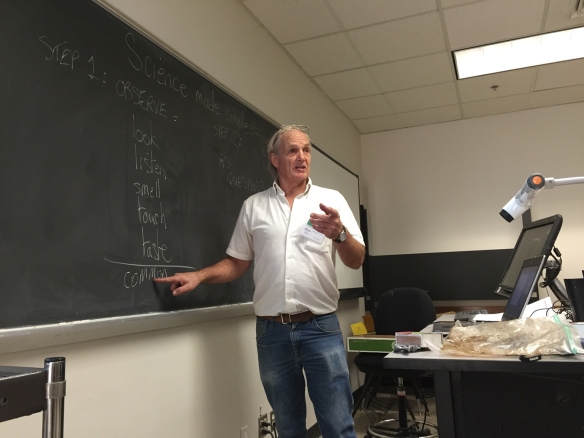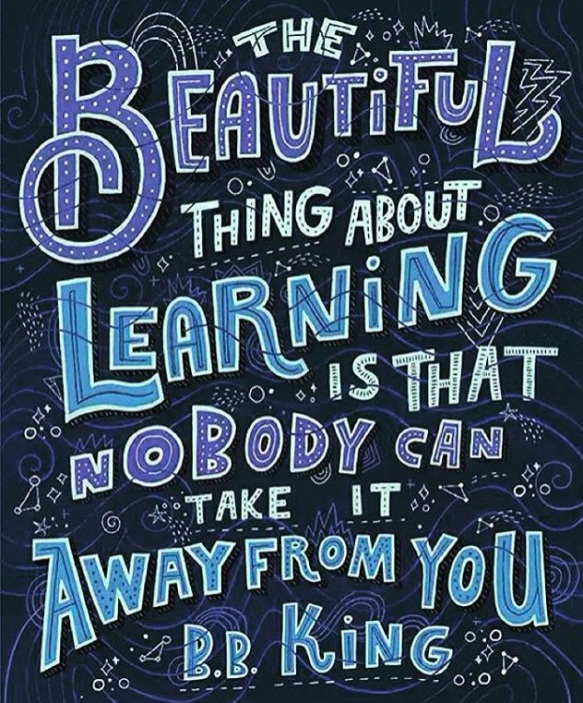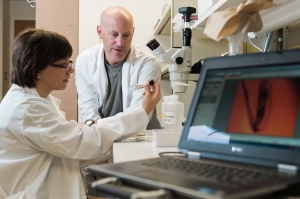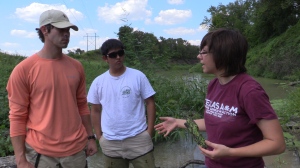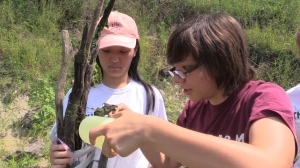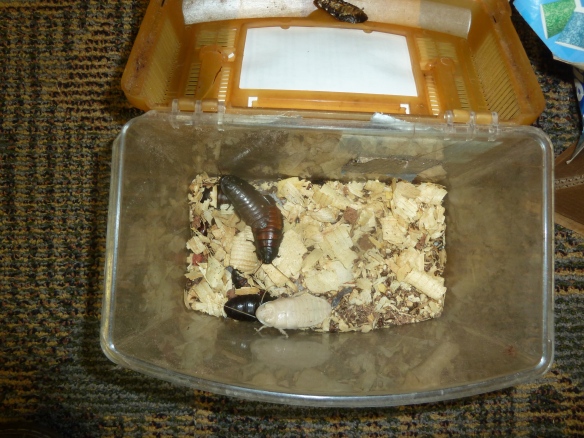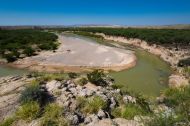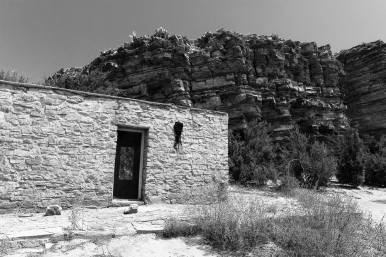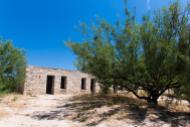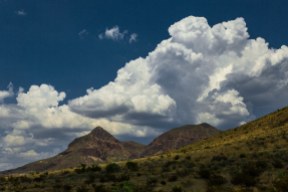It’s for good reason people look forward to Fridays. In addition to marking the official end of the work week (sometimes mercifully), they represent a last opportunity of sorts to close the deal.
I found myself at just that point in both respects last Friday, when I was hard at work, prepping a draft of a lengthy feature story that actually turned into two stories summarizing the Texas A&M Astronomy Group’s role in one of the biggest discoveries in astrophysics history — the first neutron star collision observed in both sound and light. This one had legs for days and as such was both a writer’s dream and nightmare in one fell swoop.
Ever since I’d found out about it in late August, I had cautioned myself and my experts that we and any media we hoped to target would be best served by concentrating on an angle unique to us. Boy, did we have that in spades, considering Texas A&M astronomer Jennifer Marshall happened to be the only astronomer present at Cerro Tololo Inter-American Observatory in Chile observing at the 4-meter Victor M. Blanco Telescope at the time for the Dark Energy Survey. Did I mention she was using the world’s most powerful digital camera, the 570-megapixel Dark Energy Camera, for which Texas A&M astronomer Darren DePoy served as the project scientist and for which Texas A&M’s Munnerlyn Laboratory also provided a key sub-component, a spectrophotometric calibration system known as DECal?
I digress as usual. In prepping the draft story in our news database, I realized I needed to find the perfect photograph equally unique to our story — preferably something to which not everyone else within the 400-scientist, 26-institution DES collaboration would have access. As fate would have it, I remembered a photograph I had stashed away awhile back, acquired somewhere in my internet/social media travels: an absolutely stunning shot of CTIO and Blanco, with the Milky Way Galaxy magnificently resplendent overhead.

The Milky Way as seen over the Cerro Tololo Inter-American Observatory in Chile and the 4-meter Victor M. Blanco Telescope, home to the 570-megapixel Dark Energy Camera and some of history’s first images of a binary neutron star merger, taken by Texas A&M University astronomer Jennifer Marshall. (Credit: NSF ACEAP ambassador Matt Dieterich / Website and Instagram)
As I pulled it up on screen, I was relieved to find it was just as glorious as I remembered. At the same time, however, my mind wrestled with two competing realizations: what I knew I had to do and just how long the odds of success in that endeavor were. Nothing ventured, nothing gained, I thought. So I keyed in the photographer’s name, Matt Dieterich, and clicked on the link to his website. I dashed off a quick email using his online form and hoped for the best while I continued prepping the story.
Several hours later, Matt responded, and within the course of a few emails, a deal between strangers was sealed. As a self-described big fan of astronomy education, Matt was kind enough to lend his beautiful photograph to our publicity efforts. In turn, I agreed to send him the link to the story once it went live the following Monday.
I left the office that evening sure of two things: that I got the better end of our arrangement, and that there indeed are good people left in this world who do what they do simply because they are passionate about it and because it’s the right thing for a good cause. How’s that for a FridayFeeling-worthy hashtag?
Here’s where the story gets even better, if not full circle. As so often happens in life if not also science, Matt revealed to me once the story officially broke on Monday that the reason he got to see and document CTIO in the first place was courtesy of the National Science Foundation-funded Astronomy in Chile Educator Ambassador Program. Go figure that NSF is also one of the main funding sources behind the U.S.-based Laser Interferometer Gravitational-Wave Observatory (LIGO), which detected the ripples in space-time generated by the cataclysmic collision and issued the August 17 alert that kick-started the whole universal history-making process in motion.
Three cheers for fundamental science, breakthrough discoveries and beautiful images, on top of 11th hour teamwork and the kindness of strangers. There’s a lesson here far bigger than astrophysics, folks.
Thanks and gig ’em, Matt! In addition to making one heck of an NSF ACEAP ambassador, you hold a special place in our news archives and maroon-bleeding hearts. Rest assured you’ll always have a friend in Texas A&M Science.
* ~ * ~ * ~ * ~ *
Follow Matt on Instagram at https://www.instagram.com/MattDieterichPhotography/.










